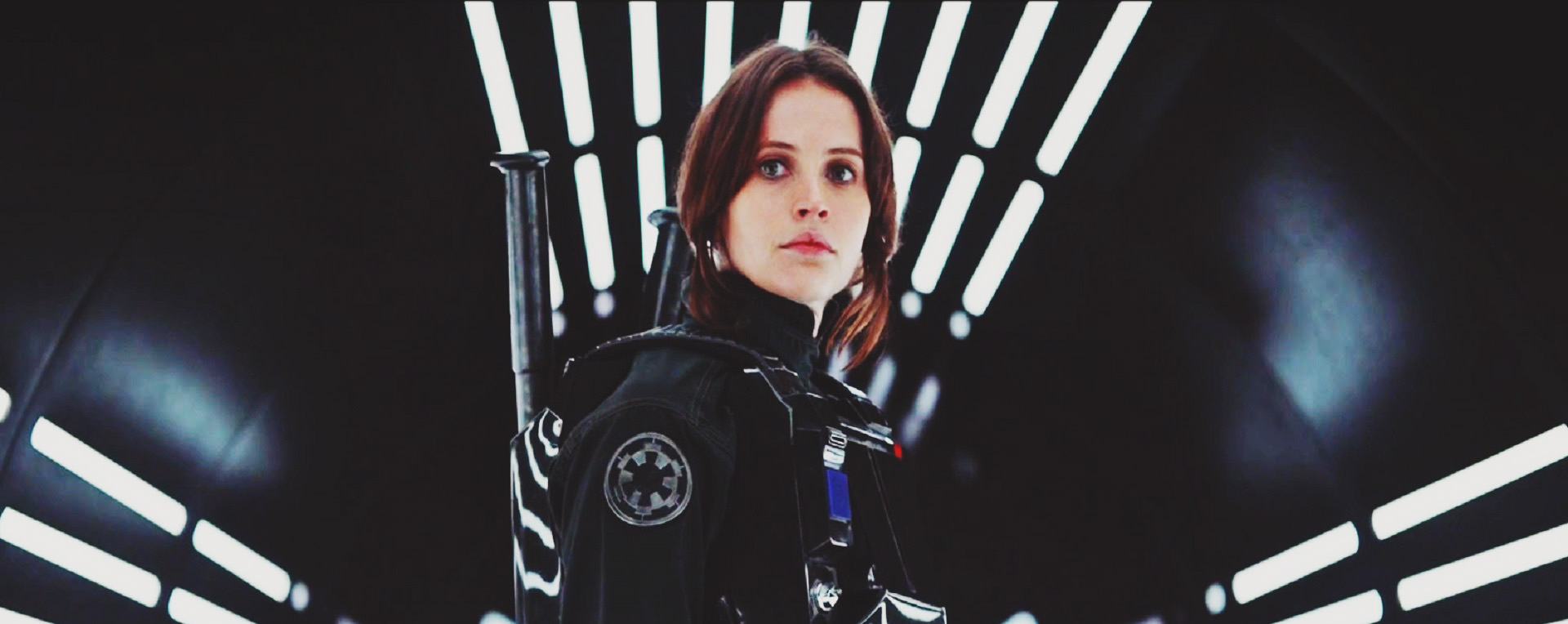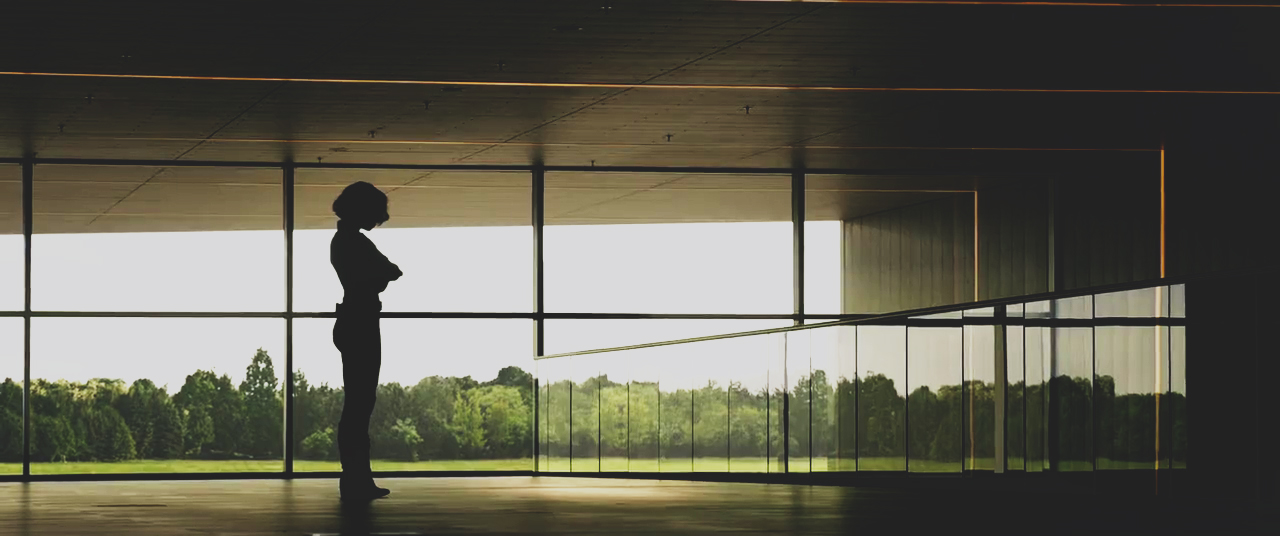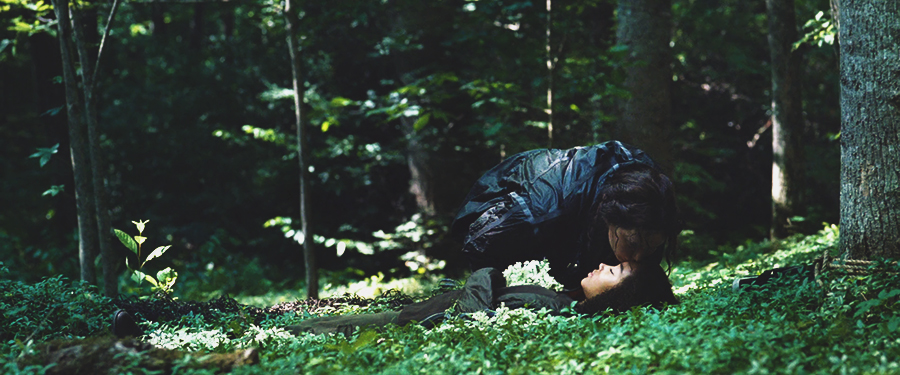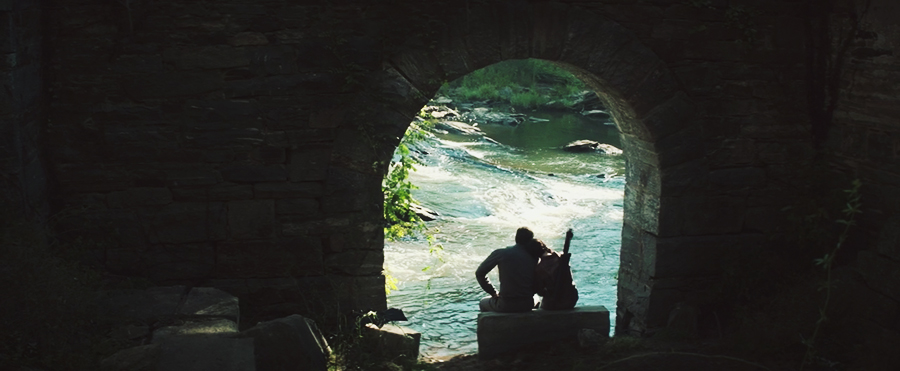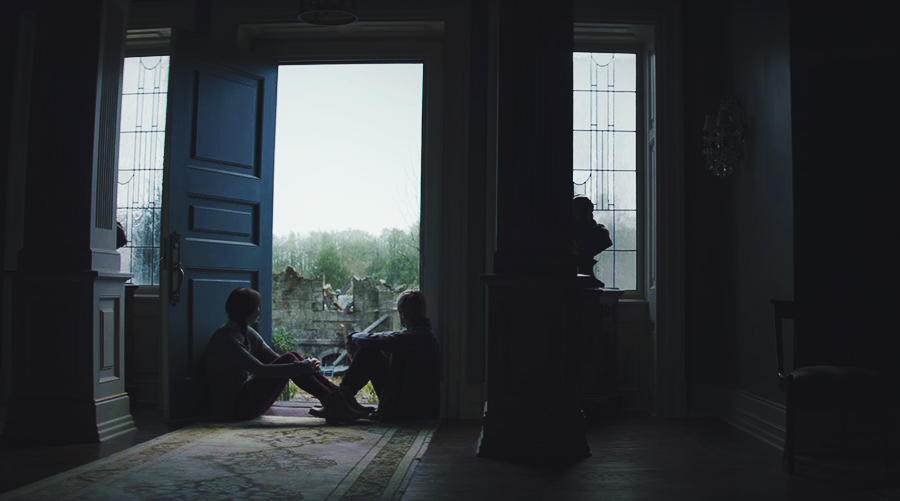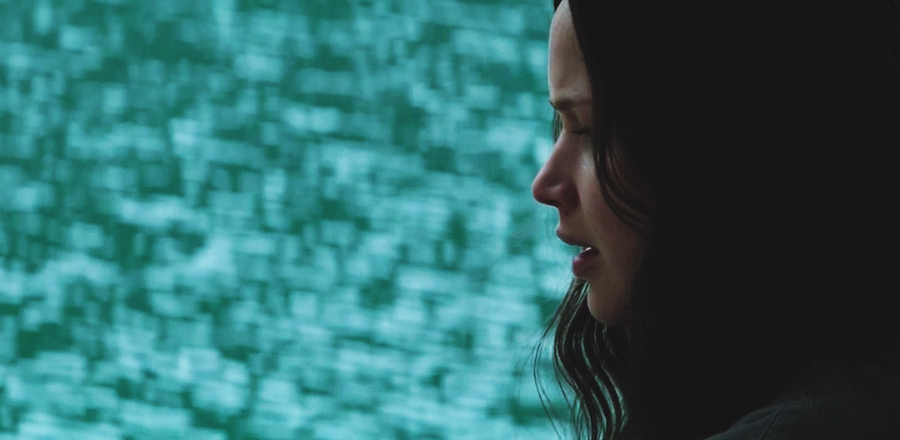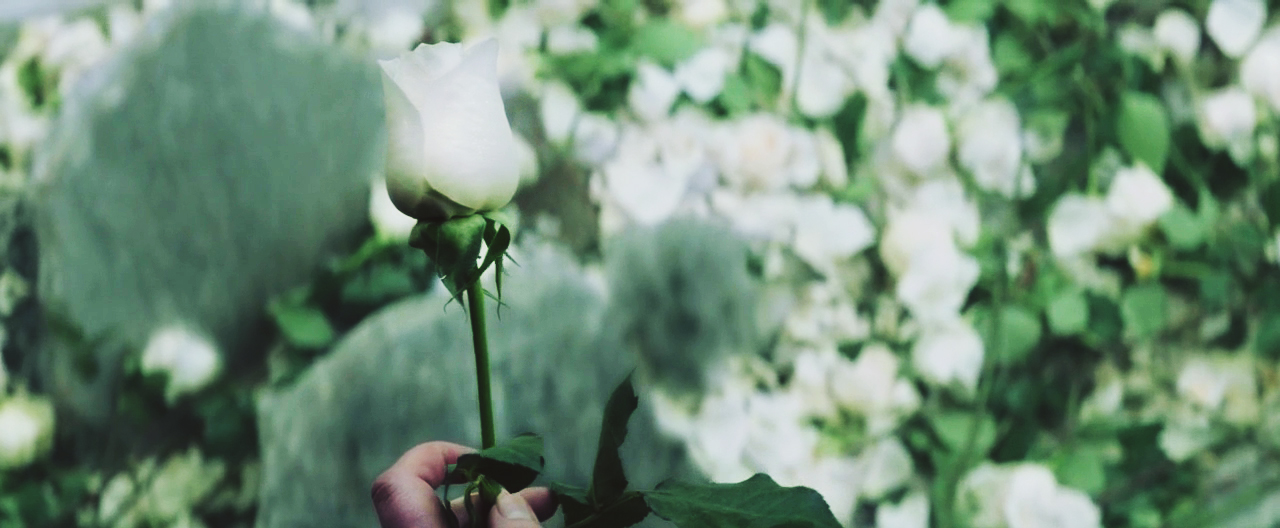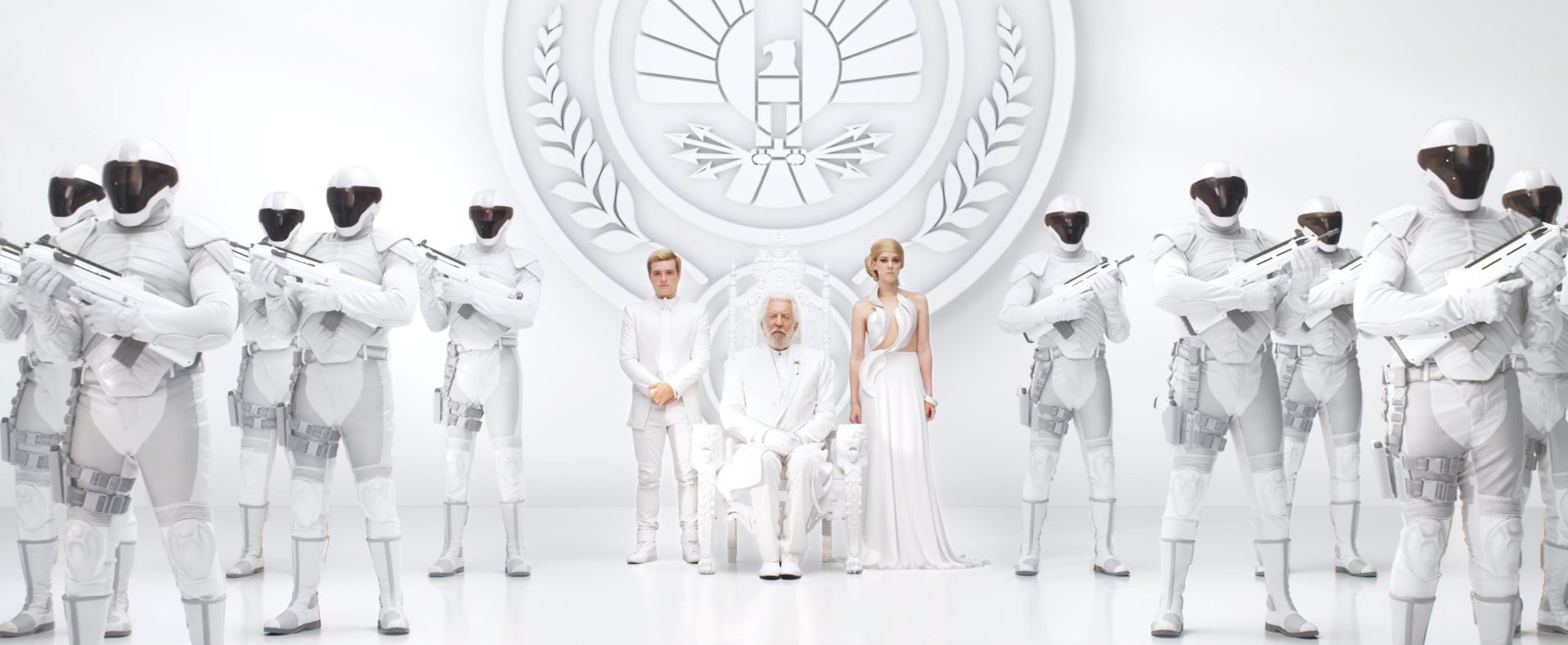Where are the Women?: A Star Wars Story
Warning for Rogue One spoilers.
For how much we commended Lucasfilm on its great strides towards gender diversity since The Force Awakens, I think a lot of us forgot to look more closely at Rogue One until it was already out. Not everyone—god knows I been pointing out the severe lack of women since last year alongside some friends—but enough. After Phasma, Rey, Maz and Leia, and the diverse background characters in The Force Awakens, perhaps it was too easy to become complacent. Too easy to believe that once we’d taken that step forward, it was impossible to fall behind again.
Well, apparently fuckin’ not, because Rogue One barely even tries, if I’m completely honest. The tough-white-brunette-as-lead doesn’t really make up for a distinctive lack of other women anymore—not that it ever should have. As much as Rogue One seemed to want to cling to some Star Wars traditions, the sole-white-female-heroine-among-men is one that should have been thrown right out with the opening crawl (though I remain forever broken-hearted at the lack of the crawl).
Especially when the ancillary material is working more than it ever has to create a diverse galaxy, introducing women like Admiral Rae Sloane, Doctor Aphra, Cienna Ree, Shara Bey, Brand, Sabine Wren, and even more amazing women who veer away from the typical Star Wars films’ leading lady. I would give anything to see any of these women, or women like them, on the big screen, and it’s disappointing to watch Rogue One fail when so many other stories within the universe succeed. Especially because I know Star Wars can do better. Especially because I love Rogue One as much as I do.
How Civil War Revives Ultron’s Black Widow
Since her introduction in Iron Man 2, Natasha Romanoff—better-known by her superhero alias, Black Widow—has, until very recently, had to fill the role of Sole Female Superhero in the Marvel Cinematic Universe’s Avengers franchise. From her absence in toy lines, to the way her various directors have bounced her between the rest of the Avengers for the sake of sexual and romantic tension, to Marvel not giving her a solo flick, it’s pretty clear that being Black Widow isn’t always all it’s cut out to be.
Despite all of this, Natasha Romanoff has managed to grow from unknown-to-casual-film-goers into an almost universal fan-favourite. She is one of the metaphorically strongest heroes in the MCU, no doubt a reaction to Marvel not giving her a solo movie. Or rather, she’s a strong and compelling character when it’s a film directed by the Russo brothers.
Otherwise? Ehh.
Guest Post: The Girl on Fire – an UNsobering Denouement
Hello Panem! We know you’re ready and excited for the 75th Hunger Games, and so it’s the Capitol’s pleasure to bring you a saucy little cocktail to warm up your vocal chords so you can cheer for your favourite victor all night long.
You saw her last year as she prepared to sacrifice everything in the name of love, and you’ll see her again this year as she represents the only female victor from District 12 in the Quarter Quell. It’s our favourite victor, Katniss Everdeen, The Girl On Fire!
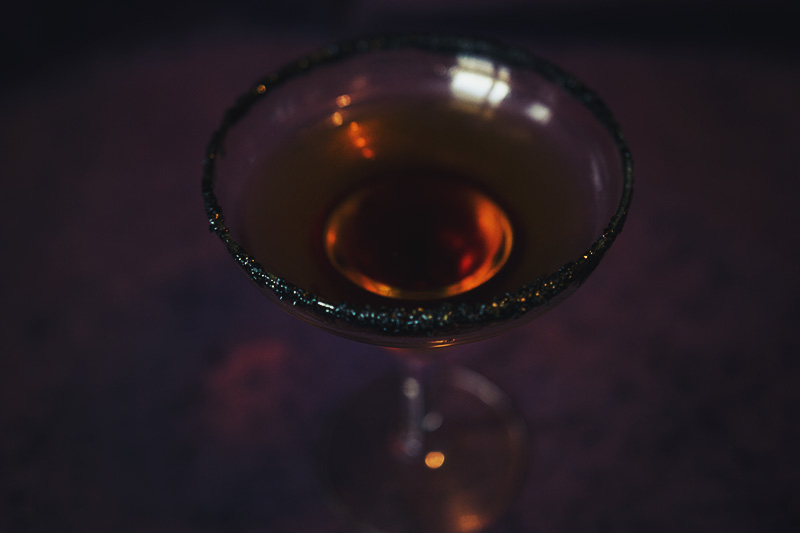
The Place Where I Love You
Katniss holds Prim, encircling her little sister in the safety of her arms, and sings. Of a meadow. Of a better world where Prim can be safe and loved. The meadow, to Katniss, is beyond life; no place in their reality could offer such peace. Yet, years later, she somehow finds that meadow. Both in herself, and in the real world that surrounds her. Grown upon years of death and suffering, both Katniss and her home find life, even when she may have preferred death.
The epilogue of both the films and the novels is bittersweet, but it is filled with a kind of hope. There may never be a free happiness to be found for either Katniss or Peeta, who have suffered so much, but there’s something else for them: comfort, safety, the knowledge neither they nor their children will have to face those horrors again. They find a kind of peace.
Set My Hands on Fire
Katniss Everdeen seems a cold character, often defined by her less-positive traits: her lack of empathy, selfishness, and anger. She is emotionally distant to all but a few—and yet, so many become endeared to her. The rare times she allows someone close, when she reaches out to them physically and emotionally, are meaningful; once she lets a person in, she will likely kill—or even die—for them. It’s only those she trusts not to burn that she will touch.
From the mine explosion that kills her father to the war she becomes a figurehead of, she finds herself protecting those around her, even the people who stoke her anger more than anything else. She volunteers for Prim, is willing to sacrifice her life for Peeta, stocks up on white liquor for Haymitch, risks punishment to help her prep team imprisoned in District 13, and on and on. Most of her life is driven by the need to keep those she can safe and secure, despite her fears of getting hurt or hurting others through her actions.
Guest Post: What The Hunger Games Means to Me
Many, many years ago I used to be a theater kid. I still am if we’re going to be honest, but not to the degree that young teenage me was. I had my favorite musicals and my favorite musicals with my all time love being Spring Awakening. I could honestly write an auto-biography on how the show affected me but I’ll focus on the one tiny piece that opened a whole new world for me; John Gallagher Jr.
He played Moritz in the original production and is the one who introduced me to the world of The Hunger Games. He talked about them on Twitter once way back before a movie was even an idea to Hollywood and being the impressionable youth I was, I was hooked immediately. So I got the first book from the my library and actually never read it. I have a really bad attention span, so it wasn’t until about a year later that I would actually pick up the book and read it through. And that’s where that spark of interest turned into a full blown obsession.
A Dandelion in Spring: The Power of Support
When I first read The Hunger Games at sixteen, I hated the book. As a young girl struggling with asexuality and aromanticism, I had been plagued by love triangles or relationship drama in almost every Young Adult novel I picked up. At the time, I was hyper-sensitive to hints of love triangles in stories, and so I severely misunderstood Katniss’ character, completely missing what was actually important in her relationship with Peeta: the support he offers her as someone who genuinely cares.
The narrow thinking that creates the idea of a female character needing to choose between two male characters is a serious issue in fiction aimed at young adults. While it’s a topic for another post, this does sometimes alter people’s interpretations of the series, creating kneejerk reactions like my own initial one, and it’s a trend that needs to be questioned.
Katniss is much more than her potential love interests, the entire series being about far more than her feelings towards Peeta or Gale. Trivializing any of the characters by their level of attractiveness or romance potential entirely misses the point. Katniss’ fluctuating relationship with Peeta is a driving factor within the series, and a large part of the woman she becomes.
Start With What You Know Is True: Mental Health in The Hunger Games
In the real world, mental illnesses affect millions of people, and yet there’s often a silence surrounding the issues, brought on by social stigmas and a lack of education on mental health. Depression, post-traumatic stress disorder, and anxiety and panic disorders are prevalent within The Hunger Games, experienced by Katniss Everdeen and those around her. The trilogy highlights just how much trauma can affect people, especially the young adults and children manipulated by those much older.
While the novels are far more adept at portraying the characters’ understanding of and struggles with their respective illnesses, the films do make an effort. The opening scene of Catching Fire, where Katniss hallucinates another tribute from the Games while hunting with Gale, visually captures the nightmares of the arena that plague Katniss, setting up the audience’s understanding of her mental state following the 74th Hunger Games. The majority of Katniss’ interior struggles, however, are found within the pages of the books.
The Bird & the Snake
“Remember who the enemy is,” Haymitch tells Katniss, moments before she is taken off to the Quarter Quell arena. Again, he reminds her as she attempts to talk down a man in District 2 holding a gun to her head; “Who is the enemy?”
The enemy, she knows, is the Capitol, and the man who embodies the so-called “beating heart” of Panem: President Snow. Where she is the symbol of freedom, he is the symbol of an oppressive system.
When Katniss first meets the President at the presentation of the victors, she understands instantly that he knows she is a threat, that she is the reason the Games and the Capitol were undermined. In the film, he seems to come across softer, commenting on her mockingjay pin and telling her that her district must be proud.
This softness and civility, we know, is a ruse. His eyes, she notes in the novel, are “as unforgiving as a snake’s” as he crowns her. What Katniss doesn’t realize at the time is how alike the two are, and just how much they will come to understand each other.
Panem Today, Panem Tomorrow, Panem Forever in Our World
Katniss raises her bow and lets loose an arrow, blowing a Capitol hovercraft out of the air. As it crashes into a second craft and they plummet to ground, the screen bursts into flames, and then: the Mockingjay logo over black. We watch this in the theater at the end of a trailer, Panem sees this at the end of a rebel propaganda short—a propo. The Hunger Games reflects a darker version of our own future, but our world reflects Panem right back.
Young Adult dystopian fiction is not a rare genre to find. Divergent, The Chemical Garden, Delirium, Uglies, Unwind, Chaos Walking, the list goes on. There are a vast array of reasons young adults connect with dystopian fiction. Give them a world they can see coming in their own future, a land destroyed by those before them, rules that tear away their agency, adults who would manipulate them, and yet give them the strength to grow, to change the narrative of their world for the better.
By wiping away the tedious normalcy of our lives now and exaggerating the things that already make life harder for everyone such as surveillance, media bias, body autonomy, and more, YA dystopian literature manages to not only distill issues in our present, but warn of future problems.
